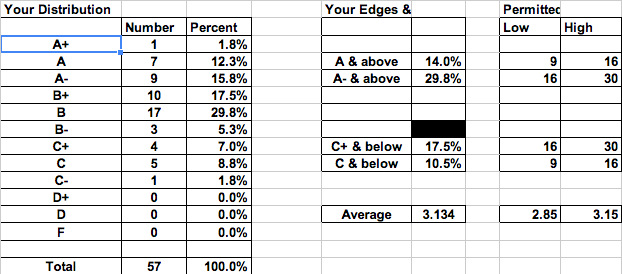The Times has an important piece discussing the group that is left behind by the Affordable Care Act: the upper middle class who do not qualify for subsidies, but are not wealthy enough to afford the increased premiums because of Obamacare.
The cheapest insurance plan they can find through the new federal marketplace in New Hampshire will cost their family of four about $1,000 a month, 12 percent of their annual income of around $100,000 and more than they have ever paid before.
Even more striking, for the Chapmans, is this fact: If they made just a few thousand dollars less a year — below $94,200 — their costs would be cut in half, because a family like theirs could qualify for federal subsidies.
The Chapmans acknowledge that they are better off than many people, but they represent a little-understood reality of the Affordable Care Act. While the act clearly benefits those at the low end of the income scale — and rich people can continue to afford even the most generous plans — people like the Chapmans are caught in the uncomfortable middle: not poor enough for help, but not rich enough to be indifferent to cost.
Oh, and their old policy, which they could afford, was cancelled because of Obamacare.
Because their plan is being canceled, she is looking for new coverage for her family, which includes Mr. Chapman, 55, a retired fireman who works on a friend’s farm, and her two sons. “That’s an insane amount of money,” she said of their new premium. “How are you supposed to pay that?”
Despite its name, the Affordable Care Act has made insurance unaffordable for many.
David Oscar, an insurance broker in New Jersey, another high-cost state, said many of his clients had been disappointed to learn that the premiums were much more expensive than they had expected.
“They’re frustrated,” he said. “Everybody was thinking that Obamacare was going to come in with more affordable rates. Well, they’re not more affordable.”
…
An analysis by The New York Times shows the cost of premiums for people who just miss qualifying for subsidies varies widely across the country and rises rapidly for people in their 50s and 60s. In some places, prices can quickly approach 20 percent of a person’s income.
Experts consider health insurance unaffordable once it exceeds 10 percent of annual income. By that measure, a 50-year-old making $50,000 a year, or just above the qualifying limit for assistance, would find the cheapest available plan to be unaffordable in more than 170 counties around the country, ranging from Anchorage to Jackson, Miss.
A 60-year-old living in Polk County, in northwestern Wisconsin, and earning $50,000 a year, for example, would have to spend more than 19 percent of his income, or $9,801 annually, to buy one of the cheapest plans available there. A person earning $45,000 would qualify for subsidies and would pay about 5 percent of his income, or $2,228, for an inexpensive plan.
In Oklahoma City, a 60-year-old earning $50,000 could buy one of the cheapest plans for about 6.6 percent of his income, or about $3,279 a year with no subsidy. If he earned $45,000, with the benefit of a subsidy, he would spend about $2,425.
And HHS’s decision to exempt those who had their plans cancelled from the mandate, and allow them to buy (not that much) cheaper catastrophic plans is not working.
In an effort to address that frustration, the Obama administration announced on Thursday that it would permit people whose plans had been canceled to buy bare-bones catastrophic plans, which are less expensive but offer minimal coverage. Those plans have always been available to people under 30 and to those who can prove that the least expensive plan in their area is not affordable. But the announcement does not address the concerns of those who would like to buy better coverage, yet find premiums in their area too expensive.
And for some, this law may urged them to go uninsured.
Mr. Johnsen, who is 47, said he would like to buy insurance for his family. They have gone without it for the last two years, paying out of pocket on rare visits to the doctor. But he said it is hard to justify those prices to prevent an unforeseen catastrophe when so many real-world expenses demand his attention first.
“I know absolutely that I’m going to need a new car in two years, but I don’t know that I’m going to have a catastrophic accident,” he said. “That’s the kind of debate that happens in our house.”
Don’t forget, with guaranteed issue, they can buy a policy at any time, without being priced out.
